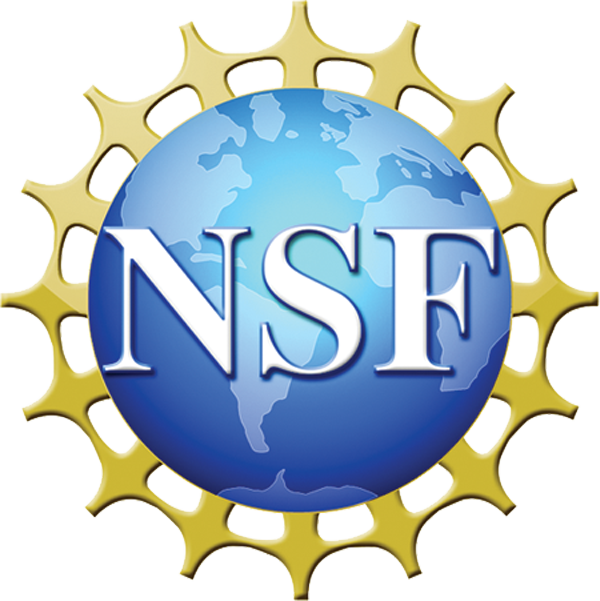 Contact Us | Change Text Size | Search Site
Contact Us | Change Text Size | Search Site
About Bridge Multimedia
Services
Accessible Media Development
Audio Description
Bilingual & ELL
Captioning
Extra InfoTM
Products
EdTech Online:
U.S. Dept. of Education EdTech Grant Directory
Emergency Preparedness Online
WEIGHTS
More
Emergency Preparedness Online,
Fifth Edition
A resource directory for emergency preparedness, response, recovery, and accessible communications
Next: NHK and current EAS Research and Development in Japan
Previous: The Partnership for Public Warning
The Satellite Broadcasting and Communications Association (SBCA)
A. General Information
The Satellite Broadcasting and Communications Association (SBCA) is the national trade organization representing all segments of the satellite industry. It is committed to expanding the utilization of satellite technology for the broadcast delivery of video, audio, data, music, voice, interactive and broadband services. SBCA is composed of DBS, C-band, broadband, satellite radio, and other satellite service providers, content providers, equipment manufacturers, distributors, retailers, encryption vendors, and national and regional distribution companies that make up the satellite services industry. SBCA was founded on December 2, 1986, in Anaheim, California, as the result of a merger between the Society for Private and Commercial Earth Stations (SPACE) and the Direct Broadcast Satellite Association (DBSA). SBCA has approximately 1,000 members. SBCA membership is divided into five groups:
B. SBCA Membership Division
-
Programming
- Programmers
- DBS platform providers
- Satellite Radio Providers
-
Manufacturing
- Reception systems
- Communications technology
- C-Band
-
Retail Distribution
- Independent Retailers
- Distributors
- Multiple Dwelling Units
- Broadband and Satellite Internet
C. SBCA on EAS
The Satellite Broadcasting and Communications Association voiced support for satellite radio's voluntary participation in the Emergency Alert System (EAS), telling the Federal Communications Commission that it should consider "the contributions satellite radio providers can make in a new and improved emergency alert system." With nearly ten million subscribers today, "satellite radio is positioned to voluntarily play a pivotal role in the distribution of national emergency alerts when and if such a need exists," the organization said.
D. Satellite Radio
Satellite radio is a subscription service by which a digital radio receives signals broadcast by a communications satellite. Currently, the two American satellite radio providers are Sirius and its larger rival, XM Radio. A monthly fee is charged for both services. Both services are available mainly via portable receivers in automobiles, but both have many accessories so that one can listen at home. Both services also have some form of receiver that is completely portable. Sirius and XM both offer news, weather, sports, and a great variety of music channels. Both companies have issued comments regarding EAS.
-
SIRIUS RADIO
While it has local traffic and weather services, Sirius commented that its service faces technological challenges in delivering some locally-specific EAS information, as well as regulatory hurdles concerning use of its terrestrial repeater network. Due to the limitations, the company proposed to distribute local and regional EAS messages via the text box normally containing channel name and programming as well as pre-empting relevant channels normally used for local traffic and weather to transmit emergency information.
-
XM Radio
XM proposed the use of satellite-based infrastructure as an additional complement to the current EAS system, noting that satellite radio would help mitigate failures or problems occurring throughout the EAS distribution chain. XM also said satellite radio "may be the only source of emergency information in rural and remote areas." Also, XM has a separate public safety/emergency alert channel dedicated to providing information before, during and after disasters and emergencies. XM's Emergency Alert channel delivers survival information such as evacuation routes, shelter locations and updated weather emergency information for impacted areas. It provides data from a variety of national and local government sources, including the Federal Emergency Management Agency (FEMA), National Oceanic and Atmospheric Administration (NOAA) National Weather Service, U.S. Department of Health and Human Services, American Red Cross, local police and fire departments and eyewitness reports.
E. Satellite Radio Accessibility Resources
This heading contains additional information regarding satellite radio and accessibility. These accessibility resources have been gathered, in this separate section, to provide easy availability to those for whom accessibility is a foremost concern.
-
Satellite Radio: Accessible Entertainment Option?
http://www.voiceofthenationsblind.org/articles/61/satellite-radio
An article by the National Federation for the Blind regarding the emerging satellite radio industry and accessibility concerns.
Previous: The Partnership for Public Warning
Return to top of page

